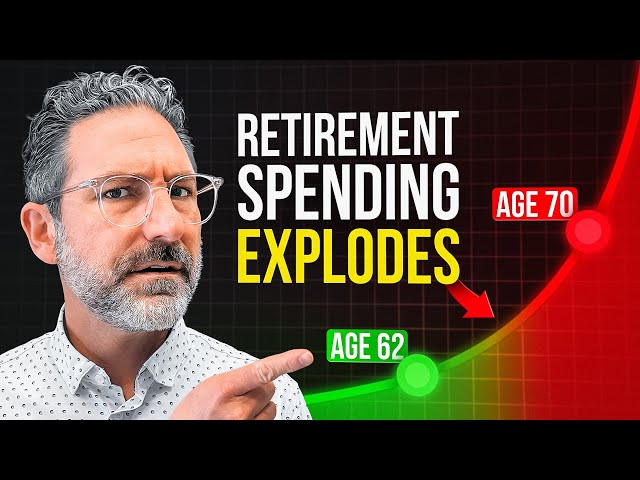Many people approach retirement with the same lingering fear: What if I run out of money?
While this concern is deeply human, it often leads to the wrong outcome — retirees end up spending less than they could have during the years they’re healthiest, most active, and most excited to pursue the dreams they’ve waited decades to enjoy.
At Brindle & Bay, we help families challenge the assumptions behind this fear so they can live better without jeopardizing their financial security. In this post, we’ll explore two of the most common misunderstandings about retirement spending, and how to push back against them with a plan built for clarity, confidence, and joy.
Misconception #1: Spending Rises Continuously Throughout Retirement
It’s easy to assume that retirement spending should rise every year, adjusted neatly for inflation. But real life doesn’t work that way.
While inflation is a real factor, the desire to spend — as well as the type of spending — doesn’t follow a straight line. Retirement unfolds in three distinct phases. Let’s unpack them here.
The active years: In the first stage of retirement — typically your 60s to early 70s — spending tends to be at its highest. These are the so-called “go-go” years, when energy is high, health is good, and long-awaited dreams like travel and new hobbies finally come to life. It’s natural and appropriate for discretionary spending to peak during this time.
The settling years: As you move into your 70s and early 80s, spending often tapers off as interests and routines shift. Big trips give way to smaller outings, social activity becomes more local, and many retirees settle into a simpler lifestyle that naturally carries a lower price tag.
The care years: Later in life, typically from age 80 onward, expenses may rise again mainly due to healthcare and long-term care. But even then, this increase is often less dramatic than people expect, especially since spending on travel, entertainment, and dining tends to decline sharply by this stage.
We call this pattern the retirement spending smile: spending is higher early in retirement, then it sees a gentle dip in the middle, and a slight rise again later. When people see this shape in their financial plan, it often unlocks the freedom to enjoy those early years guilt-free rather than cling to every dollar in fear of some imagined catastrophe decades away.
Misconception #2: I Need a 100% Success Rate
Many advisors use Monte Carlo simulations to show the “probability of success” for a retirement plan. That little dial — 70%, 80%, 95% — can seem like a grade. And who doesn’t want a perfect score?
But in real life, a 100% success rate often means you’re underspending or you’re working longer than necessary. Maybe even both. Also consider that a plan with a 100% success rate leaves zero room for adaptability. It assumes your spending will never change — even a little bit — despite the fact that life always changes.
Instead of chasing perfection, it’s better to plan for flexibility. At Brindle & Bay, we use a risk-based guardrails system that gives our clients clarity on their spending without demanding perfection.
What This Means for You
The goal of retirement isn’t to die with the biggest bank account—it’s to use your resources to live meaningfully and freely. That requires spending when it matters, planning for life’s natural changes, and avoiding the trap of overprecision. A strong plan isn’t about predicting the future; it’s about having the confidence to adapt as it unfolds.
If you're ready for a conversation about how to spend confidently and live well in retirement, we’d love to help. Here is your invitation to book a no-cost consultation with the Brindle & Bay team: just click here and schedule a time that works for you. You bring your dreams, we’ll help you build the plan.




.jpg)







